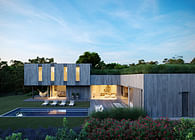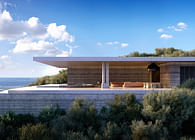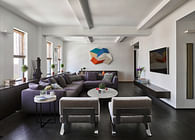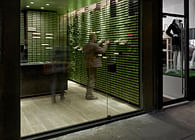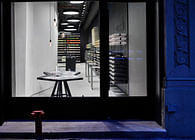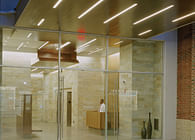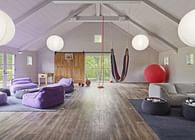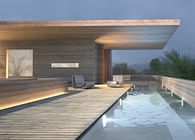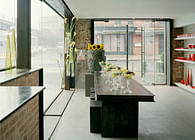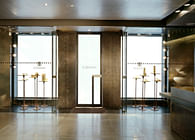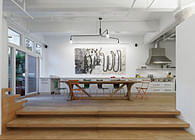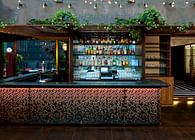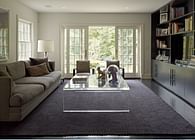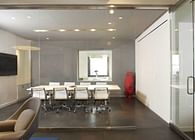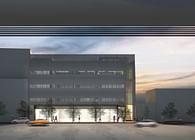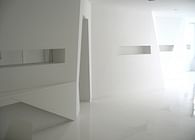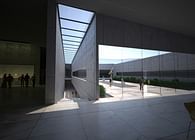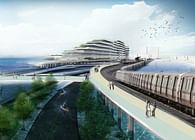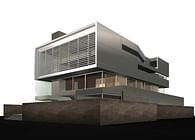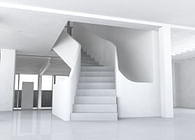
Project:
An urban design project speculating on the future of Manhattan’s grid, submitted to an open-call competition sponsored by the Architectural League in 2011.
Description:
De-Spec’s Glocal Grid is an urban design project speculating on the future of Manhattan’s grid, submitted to an open call competition sponsored by the Architectural League of NY in 2011.
In projecting the development of Manhattan’s grid, De-Spec formulated a design based on the idea of glocalization, or that which is essentially ‘local in spirit, but global in character.’ Intended to reimagine the potential of infrastructure, this solution aims to respond to local social and environmental needs with the support of global insight and power.
The perimeter of the island of Manhattan, once lined with piers, ports and factories, has slowly evolved into a random distribution of public and private development, sometimes part of the grid, and other times disconnected. The main strategy of this design connects the core of the city to the surrounding water by transforming the outermost streets into piers—potentially one of the greatest shifts in the nature of Manhattan’s grid since its conception.
An express roadway would run underground along the North South direction of the last avenue parallel to the water’s edge, better connecting the expressway to the city’s various bridges and tunnels. This strategy also provides that 12th Avenue (Henry Hudson) and FDR Drive (Harlem River) are integrated with the grid system and form at grade intersections, with lights to enable pedestrian traffic at the city’s edge.
The new grid extrudes into the Z axis, creating an entire infrastructural system which accounts for energy production, waste management and data connection below ground, as well as community development and enhanced public spaces above ground. Vertical parks are constructed on underdeveloped sites along 2nd Avenue and 10th Avenue. Below ground, these parks house waste management systems, such as Envac which is used on Roosevelt Island. These systems provide for local collection, sorting and remediation of waste, including special treatment of recyclables such as paper, metal and glass. Above ground, there is green space for vertical farming and community gardens which support local markets, restaurants and community organizations.
Publications:
“Urban Metamorphosis”, Architecture d’Interieur, 2013
“The Unfinished Grid: Design Speculations for Manhattan”, The Architectural League NY, 2012
Status: Unbuilt
Location: New York, NY, US
Firm Role: Architect & Designer
Additional Credits: Principal-Lead Designer: Farnaz Mansuri
Other Participants: Thomas Shea
